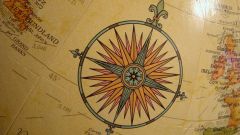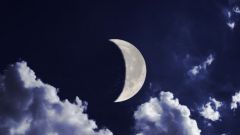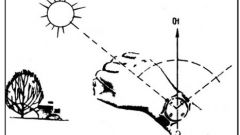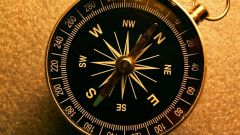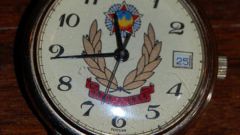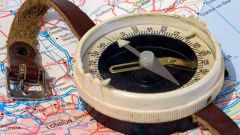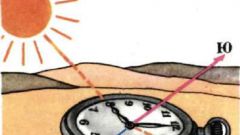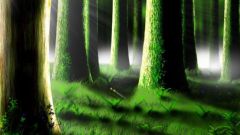Compass
The most reliable way to understand the directions to use the compass. If you have one, position the device horizontally, that nothing prevented the arrows to move. Once they calm down, turn the compass so that the North direction coincides with the marking on the compass. The North is N and not S, it's important to remember, as often people confuse the two.
Stay tuned to the vicinity of the compass was not metal objects. Railroad tracks or power line knocked down the readings. If you take a compass on a hike, choose a device that does not have metal elements. For example, a compass is embedded in a metal knife or cover hours as decoration. But any metal makes an inaccuracy in the operation of the compass, so the case for the present device is made of non-metallic materials.
Sometimes, you need to navigate a compass. In this case, can help a smartphone with GPS or a Navigator without a smartphone. In such devices already built-in compass. Thanks to them, you can determine not only directions, but also to understand how to get to the desired place.
If no compass
When the compass is not at hand, handy clear sky overhead. Night, can navigate by the North star: it always points North, if you turn to face her. To find her, find the Big dipper. Then imagine two extreme stars of "bucket" connects in a straight line. Following the direction of the line, measure out approximately 5 of the distance between the extreme stars of the Big dipper. You hit right to the North star. To determine that this is it, pretty easy is one of the brightest stars in the sky.
In the daytime you can navigate by the sun. At noon, the sun points to the South, in the morning it is in the East and in the evening in the West.
The light in the forest
In nature you can focus on special features. Note the moss on the trees. It is usually located on the North side, as hiding from the sun. On the South side of the tree, as a rule, more branches, and they are often longer. If you see a stump, you will notice that the annual rings are wider on the South side. Birch always darker in the Northern part.
Ants also build their nests in accordance with the directions. South side of the nest is usually gentle, but in the Northern part often a tree or large stone.

